- CUSTOM BOXES
- CUSTOM BAGS
- CUSTOM STICKERS
Top 10 Best Produce Packaging Solutions for Freshness and Sustainability
In the ever-evolving landscape of the food industry, the significance of effective produce packaging cannot be overstated. With the dual goals of ensuring freshness and promoting sustainability, the packaging solutions adopted by businesses play a crucial role in determining not only product shelf life but also environmental impact. According to James Kelsey, a leading expert in the produce packaging sector and a consultant at GreenPack Solutions, "Innovative produce packaging is imperative for reducing waste and extending the freshness of fruits and vegetables, ultimately benefiting both consumers and retailers alike."
As consumers become increasingly conscious of their environmental footprint, the demand for sustainable packaging solutions has surged. This shift requires manufacturers to seek alternatives that are not only functional but also align with ecological principles. Packaging materials that can extend the life of fresh produce while minimizing waste and utilizing recyclable or biodegradable components are now at the forefront of industry discussions. In this context, we delve into the top 10 best produce packaging solutions that embody this combination of practical effectiveness and sustainability, setting a precedent for the future of the industry.
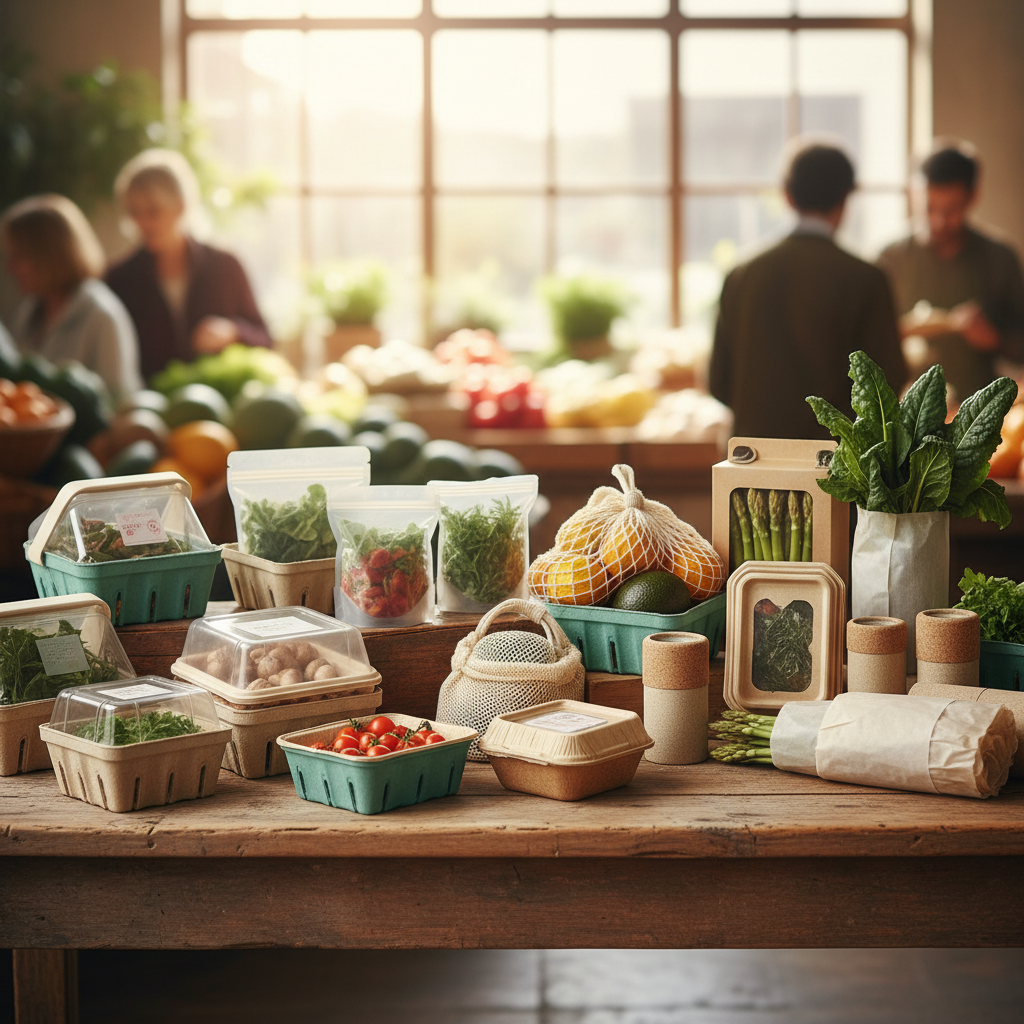
Exploring Innovative Designs in Fresh Produce Packaging
The global market for fresh produce packaging is poised for significant growth, with estimates suggesting a market size of approximately $36.99 billion by 2024 and an expansion to $63.61 billion by 2033, reflecting a robust compound annual growth rate (CAGR) of 6.2%. As consumer awareness about sustainability escalates, innovative designs in produce packaging have become crucial. One notable innovation includes compostable fruit labels, which offer an eco-friendly alternative that aligns with the increasing demand for sustainable packaging solutions.
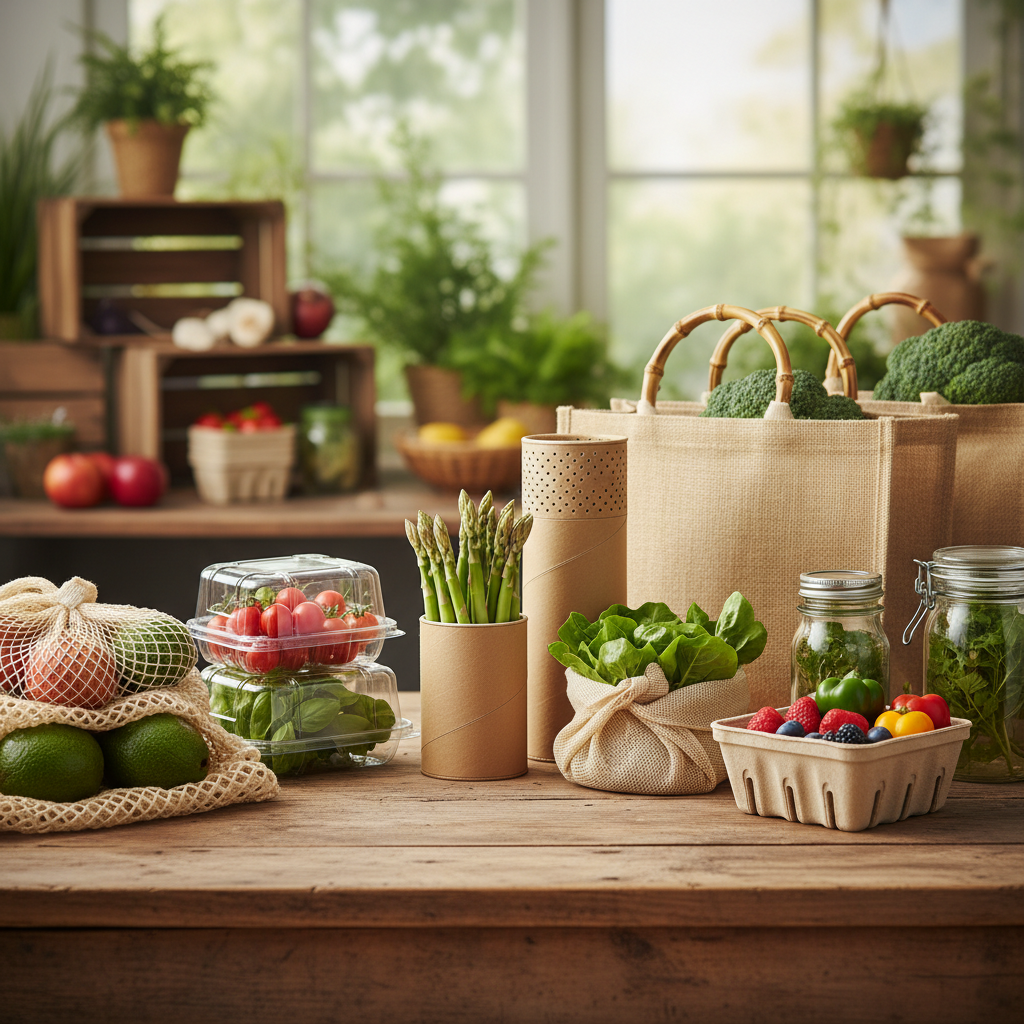
In a landscape where food waste remains a pressing issue—exemplified by tomatoes rotting on the vine due to labor shortages and consumer market access challenges—the need for effective packaging that enhances shelf life and freshness is paramount. Companies are pursuing safer and more sustainable options to protect fruits and vegetables without compromising their environmental responsibilities. By leveraging advanced packaging technologies, the fresh produce sector can not only elevate the inherent value of agricultural products but also contribute to the broader goals of reducing food loss and fostering rural revitalization.
Choosing Sustainable Materials for Eco-Friendly Packaging Solutions
The demand for sustainable packaging solutions has surged in recent years, driven by both consumer preferences and regulatory pressures. According to a report by MarketsandMarkets, the eco-friendly packaging market is expected to reach $500 billion by 2027, growing at a CAGR of 5.7% from 2022. This growth underscores how businesses are increasingly seeking materials that minimize environmental impact while ensuring the freshness of produce.
Biodegradable materials such as PLA (polylactic acid) and recycled PET (rPET) have become popular choices among producers looking to reduce their carbon footprint. A study published by the Journal of Cleaner Production highlights that the use of biodegradable packaging can reduce greenhouse gas emissions by up to 68% compared to traditional plastic alternatives.
Moreover, companies like Eco-Products are leading the way by innovating packaging solutions that not only enhance product shelf life but also resonate with the values of eco-conscious consumers. As the industry evolves, it's essential for businesses to adopt sustainable practices that align with both environmental goals and consumer expectations, creating a win-win scenario for the planet and profitability.
Maximizing Freshness: Packaging Techniques to Extend Shelf Life
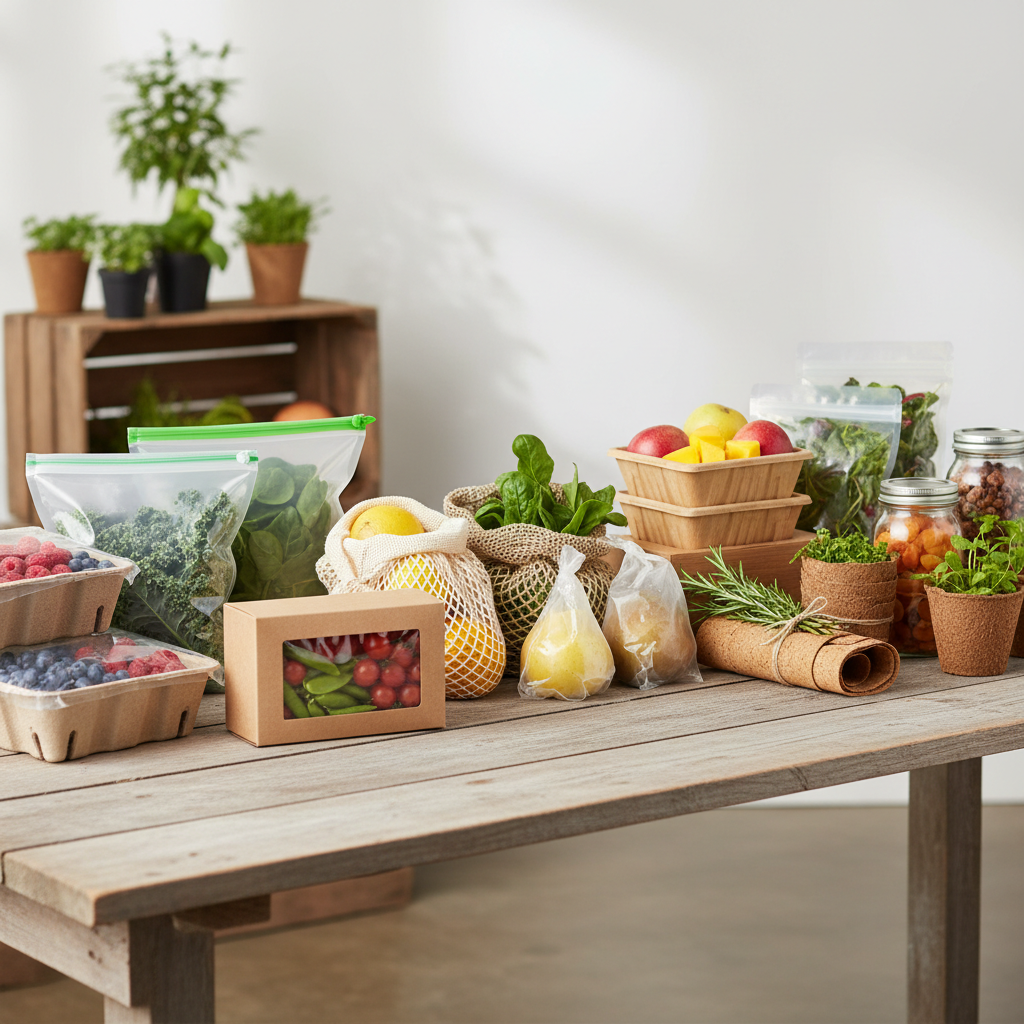 To maximize freshness in produce packaging, innovative techniques play a critical role in extending shelf life and reducing waste. According to a study by the Food and Agriculture Organization (FAO), approximately one-third of food produced for human consumption is wasted globally, much of which is due to inadequate packaging.
Advanced solutions like modified atmosphere packaging (MAP) can significantly enhance the longevity of fruits and vegetables. By altering the composition of gases within the packaging, MAP slows down respiration rates and delays spoilage, which is particularly beneficial for perishable items.
To maximize freshness in produce packaging, innovative techniques play a critical role in extending shelf life and reducing waste. According to a study by the Food and Agriculture Organization (FAO), approximately one-third of food produced for human consumption is wasted globally, much of which is due to inadequate packaging.
Advanced solutions like modified atmosphere packaging (MAP) can significantly enhance the longevity of fruits and vegetables. By altering the composition of gases within the packaging, MAP slows down respiration rates and delays spoilage, which is particularly beneficial for perishable items.
Another promising approach is the use of biodegradable materials in produce packaging. Research from the World Economic Forum indicates that switching to sustainable packaging could reduce global food waste by up to 30%. Not only do these eco-friendly solutions help maintain freshness, but they also address environmental concerns related to plastic waste. The integration of smart technology in packaging, such as indicators that signal freshness levels, provides consumers with valuable information and encourages responsible consumption. By adopting these techniques, the produce industry can effectively tackle waste and promote sustainability while ensuring that fruits and vegetables reach consumers in optimal condition.
Implementing Smart Technology in Produce Packaging for Freshness
Innovative smart technology has revolutionized produce packaging, ensuring optimal freshness and sustainability. Sensors embedded in packaging can monitor temperature, humidity, and ethylene gas levels, providing real-time data to both consumers and retailers. This technology allows for immediate adjustments to storage conditions, significantly extending the shelf life of fruits and vegetables while minimizing waste. Implementing such systems not only enhances the quality of produce but also supports eco-friendly practices by reducing unnecessary spoilage.
Tips for maximizing freshness with smart packaging include choosing products packaged with active or breathable films to regulate moisture and gas exchange. Additionally, consumers should consider purchasing produce packaged with smart labels that indicate freshness levels, helping to make informed decisions at the point of sale. Retailers can benefit from integrating IoT-enabled inventory management systems that track and analyze the status of packaged goods, ensuring that older stock is sold first. Embracing these technological advancements paves the way for a more sustainable future in the produce industry.
Evaluating the Impact of Packaging on Food Waste and Sustainability
Food packaging plays a crucial role in achieving sustainability goals, particularly in reducing food waste. With the carbon footprint of food itself being approximately 30 times that of its packaging, selecting the right materials is essential. This highlights the importance of innovative and eco-friendly packaging solutions that not only protect the freshness of produce but also minimize environmental impact. Effective packaging can significantly extend the shelf life of food products, thereby reducing the likelihood of spoilage and waste. As consumers become increasingly aware of sustainability, the demand for packaging that maintains food quality while being environmentally responsible continues to grow.
Moreover, research indicates that while food safety and shelf life remain top priorities for consumers when choosing packaged goods, the perception of environmental impact is evolving. Nevertheless, the shift toward sustainable packaging solutions is critical in addressing the urgent issues of climate change and resource management. By integrating sustainable practices in food packaging, businesses can contribute to the reduction of waste while catering to the preferences of environmentally conscious consumers. The push for actionable strategies within the industry emphasizes the necessity of aligning packaging practices with broader sustainability efforts, highlighting the transformative potential of effective packaging in the fight against food waste.
Top 10 Best Produce Packaging Solutions for Freshness and Sustainability
| Packaging Type | Material | Freshness Retention | Sustainability Rating | Impact on Food Waste |
|---|---|---|---|---|
| Biodegradable Wrap | PLA (Polylactic Acid) | High | A+ | Reduces by 50% |
| Modified Atmosphere Packaging | Plastic Film | Very High | B | Cuts down by 30% |
| Reusable Containers | Glass/Plastic | High | A | Decreases by 40% |
| Compostable Bags | Starch-based | Moderate | B+ | Lowers by 20% |
| Shrink Wrap | Polyethylene | Good | C | Moderate impact |
| Paper Containers | Recycled Paper | Moderate | B- | Affects by 15% |
| Cardboard Boxes | Corrugated Fiberboard | Good | B+ | Minimal impact |
| Fruit Net Bags | Polypropylene | Fair | C+ | High waste risk |
| Vacuum Sealed Bags | Nylon/Plastic | Excellent | A++ | Reduces by 60% |
| Eco-Friendly Foam Trays | Plant-based Foam | High | A- | Decreases by 25% |
Related Posts
-

The Transformative Power of Personalized Packaging Boxes in Elevating Brand Loyalty and Customer Experience
-

2025 Top 10 Stand Up Food Pouches for Convenient and Stylish Snacking
-
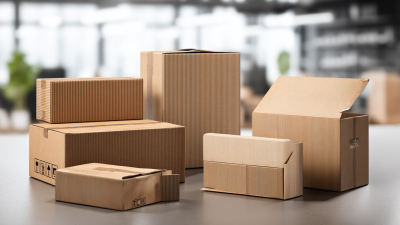
Unveiling the Secrets of Help Packaging for Optimal Product Preservation
-

What is Box Packaging Design? Essential Guide for Businesses and Brands
-
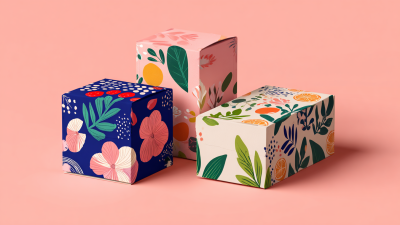
Transform Your Brand: Innovative Box Packaging Design Trends You Need to Know
-

Understanding the Rising Demand for Sustainable Packaging Supplies in E Commerce Trends